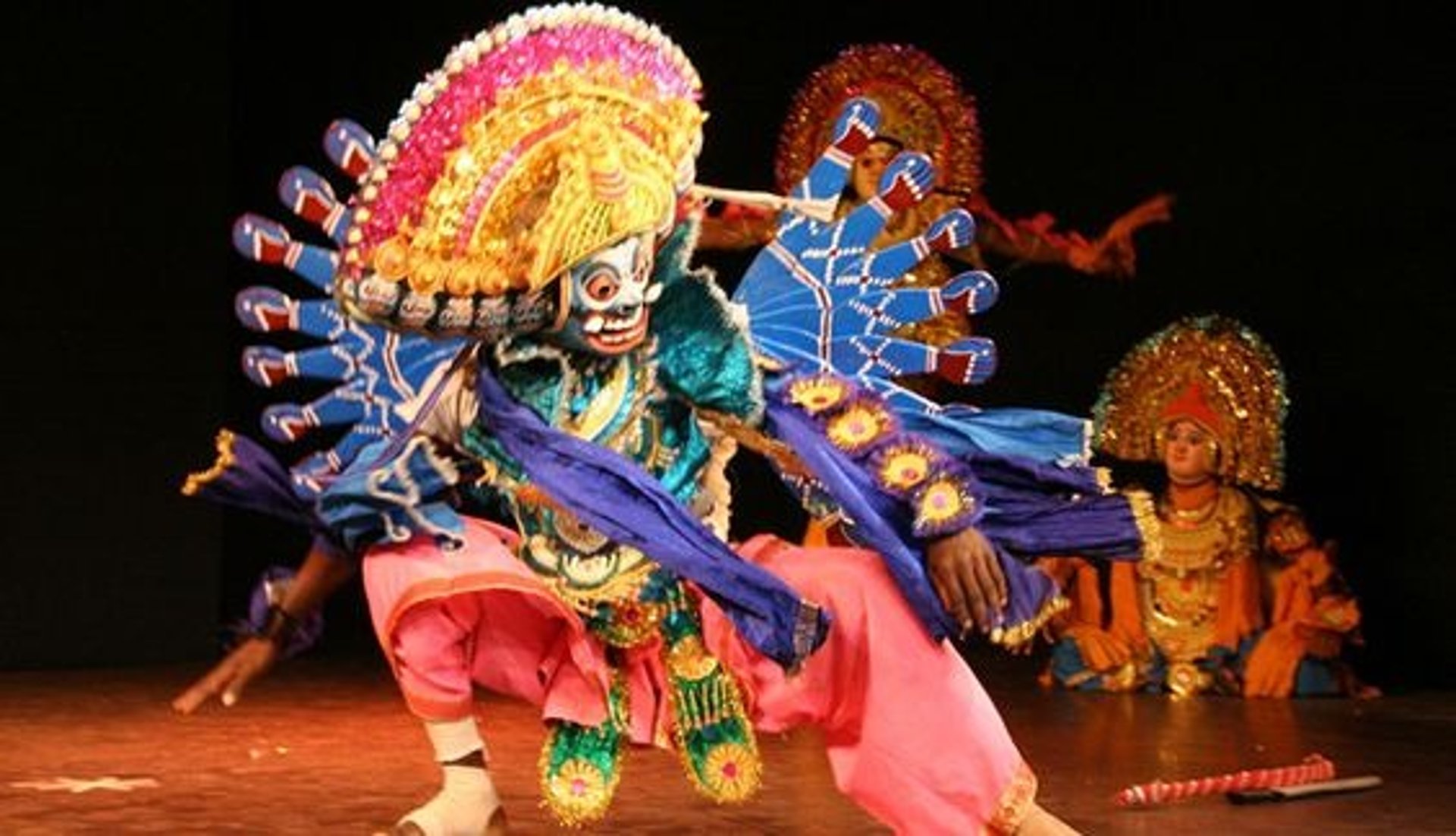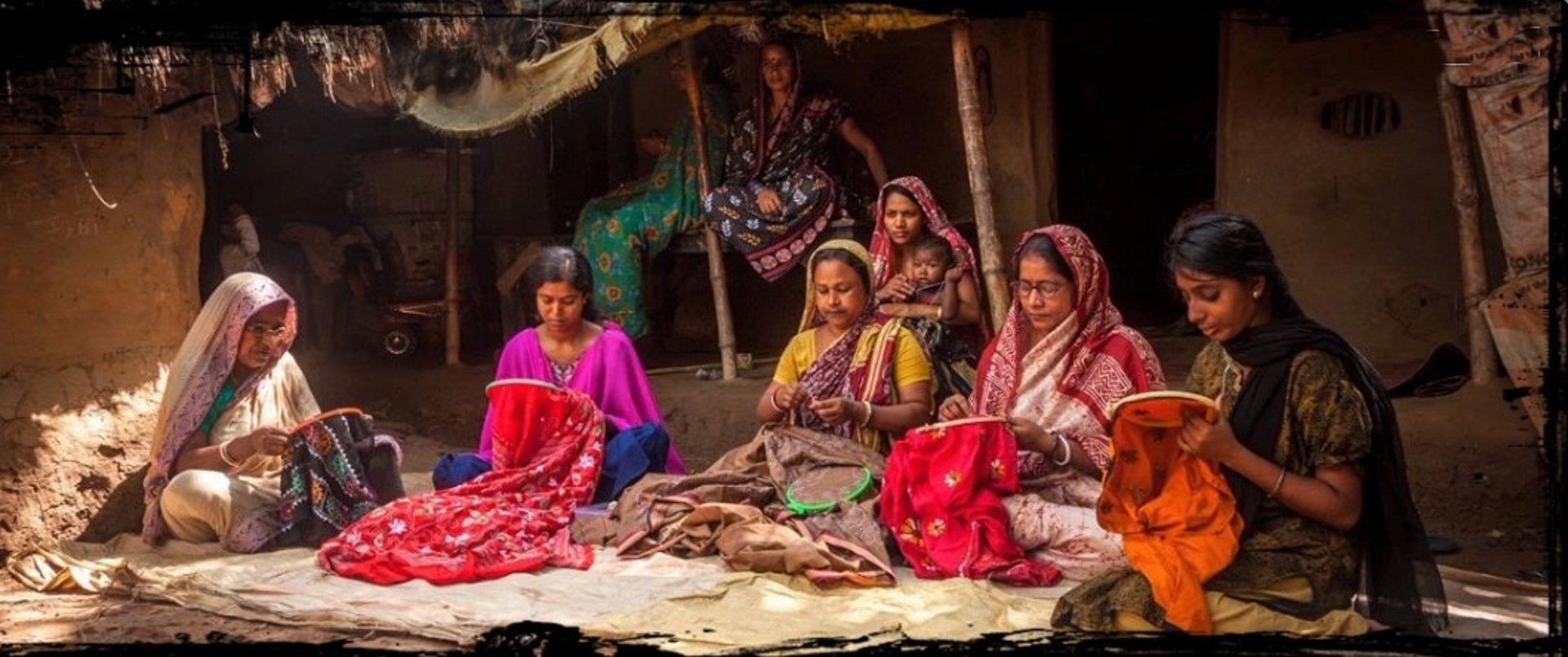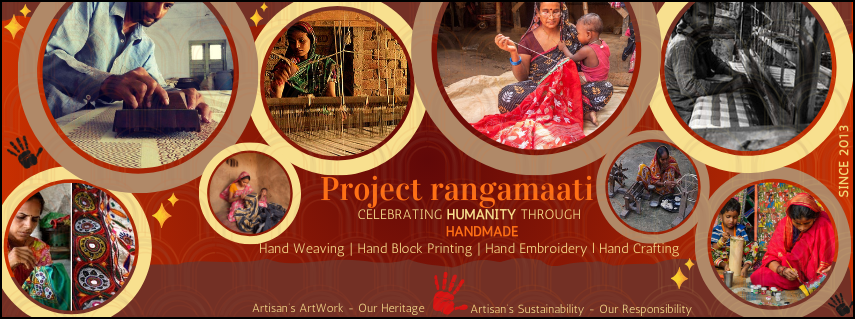Discover Unique Handloom & Handicrafts of INDIA all along Empowering the Artisans !

CHAU - Martial Art Dance of Bengal
Panchmura is a small village in the Bankura district of West Bengal, approximately 300 km from Kolkata. Most of us will find it easier to familiarize ourselves with this place and the art form that has existed and grown here if I simply mention the infamous ‘Bankura Horse’. This is where the typical horse, proudly displayed in many homes, is crafted. But ‘Bankura Horse’ is only one of the artifacts that churn out of the hands of the kumbhakaras or artisans of this village.
Saurabh Singha Roy
9/19/20201 min read


Chhau dance is a semi-classical Indian performance art that integrates elements of martial arts, tribal traditions, and folk culture, often depicting episodes from epics like the Mahabharata and Ramayana. It originates from the eastern Indian regions of West Bengal (Purulia Chhau), Jharkhand (Seraikela Chhau), and Odisha (Mayurbhanj Chhau), with each style featuring distinct characteristics. Key features include acrobatic and powerful movements inspired by combat, elaborate masks in some styles, and storytelling accompanied by traditional folk music and percussive instruments.
Key Characteristics
Martial Arts Integration: The dance incorporates mock combat techniques, stylized movements, and acrobatic prowess derived from indigenous martial and combative training. Folk and Tribal Elements: It blends martial arts with folk traditions, often inspired by local legends, village life, and the movements of birds and animals.
Mythological Storytelling: Chhau enacts episodes from Hindu epics, particularly the Mahabharata and Ramayana, as well as local folklore. Music and Instruments: Performances are set to traditional and folk melodies played on reed pipes like the mohuri and shehnai, along with powerful drumbeats from instruments such as the dhul and dunsa.
Masks and Costume: The Purulia style is particularly known for its use of elaborate, expressive masks worn by the male dancers, which can depict mythological characters or figures of nature.
Regional Styles
Purulia Chhau (West Bengal): Known for its vigorous, masked performances often presented during the spring festival of Chaitra Parva. Seraikela Chhau (Jharkhand): A distinct style that incorporates more abstract themes and has roots in ritual and pastoral motifs. Mayurbhanj Chhau (Odisha): This style does not use masks and features movements derived from martial arts and the surrounding environment.
Cultural Significance
UNESCO Recognition: The Chhau dance was inscribed on UNESCO's Representative List of the Intangible Cultural Heritage of Humanity in 2010. Performance Occasions: The dance is often performed during festivals like Gajan, which honors Lord Shiva, and serves as a way to celebrate and tell stories to the community.

Project rangamaati
Helps YOU connect with Slow Sustainable Fashion over Mass-Production to SAVE Natural Resources, Raw Material and reduce Wastage and impulsive Consumption.
Established in 2013 in Kolkata, West Bengal, Project Rangamaati is a leading online craft store in India, Operating under a fully integrated inventory model. This approach ensures that all products are carefully handled and shipped directly from our Central Hub, reflecting our unwavering commitment to Authenticity and Quality. Project Rangamaati stands as a trusted authority in Traditional Indian Crafts, offering Customers an Authentic connection to India’s rich Artisanal Heritage.
Subscribe to our newsletter
sanjayg@rangamaati.com
+91-9804-219-546
© 2025. All rights reserved | Project rangamaati.
Support our Crowdfunding
May We Help You
Track Your Order
Terms & Conditions
Bulk Orders.
Quick Links
Organisation
projectrangamaati@gmail.com
Got a Question? Call


Love to hear from You
Our B2C Partners
Men's Collection
Flourish
Nymi
IndyMandy
WE SUPPORT SILK, HANDLOOM & HANDICRAFTS PRODUCTS ALL ALONG PRACTISING FAIR TRADE AT A FAIR PRICE.


Press & Media

